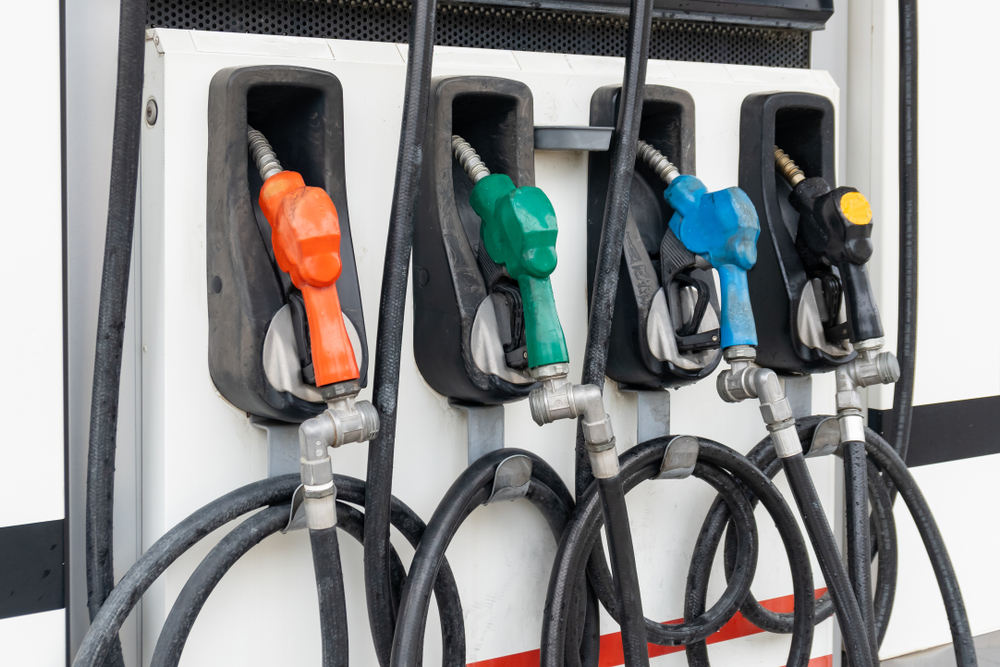
Drivers reach for gas additives with the hope of squeezing more life, efficiency, or power out of an engine. The pitch sounds simple: pour in a small bottle, drive, and let chemistry work things out. But gas additives often create new problems under the surface, especially in engines already under stress. Small ingredients can trigger chain reactions inside fuel systems built for precise tolerances. And what feels like a quick fix can quietly chip away at performance, mile by mile. This matters because today’s engines run tighter, hotter, and closer to the edge than older models ever did, leaving less room for error when extra chemicals enter the mix. Here are five things you need to consider before adding these things to your tank.
1. Hidden Chemical Reactions That Leave Behind More Residue
Gas additives promise to clean fuel injectors or break down carbon, but many create residue of their own. Modern engines rely on microscopic openings through which fuel sprays. When certain additives meet high heat, they form varnish-like films that coat those openings. Instead of improving flow, they slow it.
Gas additives also interact with detergents already blended into gasoline. That mix can thicken or separate inside older fuel systems. The result: deposits that stick to valves and combustion chambers. Drivers often blame worn parts or bad gas. But the buildup started with a bottle sold as a solution.
2. Over-Concentration That Throws Off Fuel Ratios
Instructions on the gas additives list precise amounts for a reason. Too many changes in the fuel’s composition are enough to skew the air-fuel mix. Engines compensate by adjusting timing and spray patterns. They keep running, but they run harder.
Over-concentration can also interfere with oxygen sensors. When sensors misread what’s happening in the exhaust stream, they send faulty data to the engine’s computer. That leads to richer fuel mixtures, higher emissions, and sudden drops in mileage. A small bottle can start that spiral if used too frequently or in a tank that’s less full than expected.
3. Additives That Strip Away Lubrication
Some gas additives promise to dry out moisture or burn off contaminants. In doing so, they can also reduce the lubrication that protects pumps and injectors. Fuel is part energy source, part lubricant. When that balance shifts, friction increases.
Direct-injection engines face the greatest risk. Their injectors sit inside the combustion chamber, exposed to extreme heat. They need consistent lubrication to survive long-term. Any chemical that thins or destabilizes fuel leaves those injectors vulnerable. Drivers feel the consequences as rough starts, ticking noises, or idle issues that show up weeks after using an additive.
4. Compatibility Problems With Modern Engine Materials
Gas additives vary widely, and not all formulas work with modern materials. Some solvents swell rubber seals. Others discolor or stiffen plastic components used in fuel lines and pumps. Even small changes in flexibility affect pressure, flow, and sealing.
Engines built in the last decade use advanced polymers to reduce weight and handle ethanol-blended fuel. When additives interact with those polymers, the components wear faster than expected. Cracks form. Connections loosen. And drivers are left chasing leaks that don’t match the usual pattern of age or mileage.
5. Misleading Claims That Mask Underlying Problems
Many gas additives promise to fix knocking, restore power, or raise octane. They can create short-term improvements. But those improvements often hide deeper issues that need mechanical attention. A brief boost in octane does nothing for a worn timing chain. A temporary cleaning effect won’t correct a failing injector.
When symptoms fade for a few days, drivers assume the problem has resolved itself. They skip diagnostics. And the real issue continues wearing down the engine. Gas additives become a distraction—an easy button that lets problems grow quietly.
The Bigger Risk Drivers Don’t See
Gas additives appeal to anyone trying to maintain a car without draining a budget. And some products help in narrow, specific cases. But the bigger risk comes from treating them as routine maintenance. Engines rely on predictable chemistry. Every additive shifts that balance, even slightly.
Gas additives can harm engines by introducing variables that drivers can’t track. They change viscosity, combustion, temperature, and lubrication in ways that aren’t obvious until a part fails. The best protection comes from regular fuel-system maintenance, quality gasoline, and honest diagnostics—not a bottle with broad claims. Have you ever had an engine run worse after using an additive?
What to Read Next…
- The Truth About Engine Additives Scam Or Secret Weapon
- 10 Clues Your Choice Of Gas Is Destroying Your Vehicle
- Why Your Car May Still Overheat Even With A New Thermostat
- How A Faulty Maf Sensor Could Be Costing You Every Mile
- Why Neglecting Your Spark Plugs Could Be Setting Your Car On Fire
The post Why Gas Additives Could Be Hurting Engines More Than Helping appeared first on Clever Dude Personal Finance & Money.







